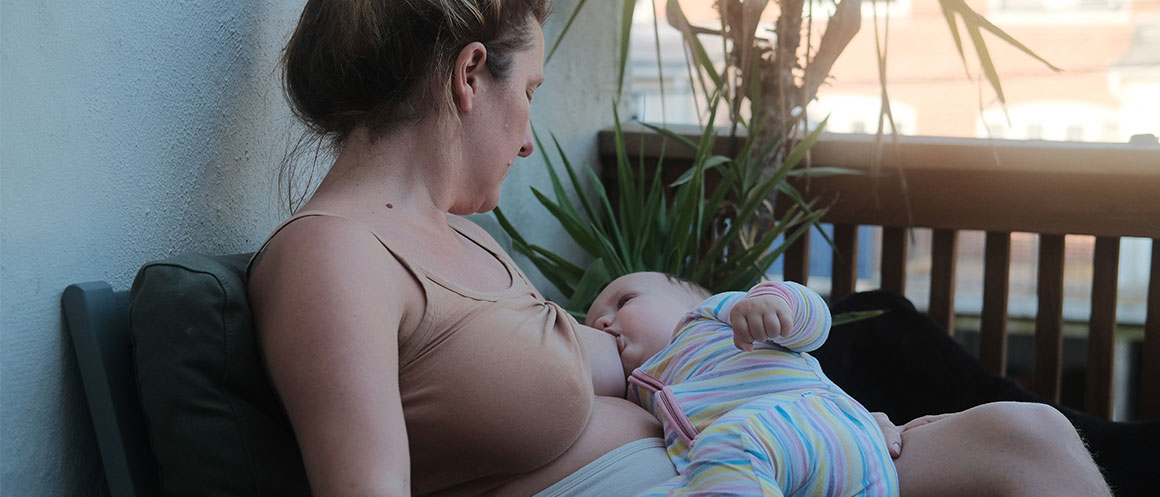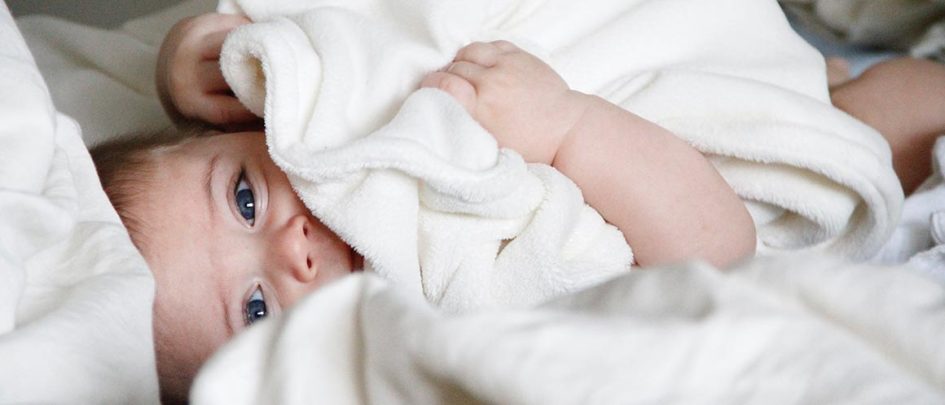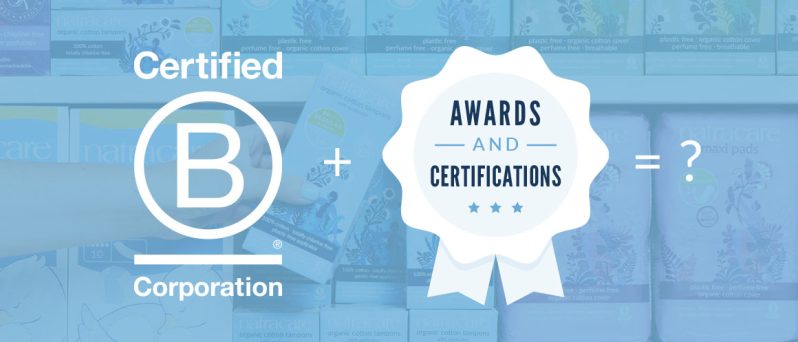Preparing to become a parent for the first time marks a brand-new chapter in your life. There’s so much to learn – from how to look after another (very tiny!) human being, to how your body might change, both during and after pregnancy. One change you can expect after giving birth is that your breasts will produce, and sometimes leak, milk. Enter nursing pads!
If this is your first time hearing about nursing pads, read on to find out what they are and when you may need them.
What are nursing pads?
Nursing pads are small, circular pads designed to keep your nipples and clothing dry when you experience leaks after birth and while breastfeeding. They’re placed between your nipple and bra – regular or nursing – to absorb milk leaks as they’re expressed.
Experiencing leaks without an absorbent layer next to your nipple can cause irritation or soreness from constant exposure to wetness and chafing. Nursing pads are designed to prevent this discomfort by helping to keep your nipples dry.
Nursing pads also help keep your clothes dry and clean. Breastfeeding shouldn’t mean ruining your clothes or feeling self-conscious of leaks in public. Nor should it mean having to do more laundry loads – you’ve got enough on your hands right now!
When do you need nursing pads?
The short answer is whenever you’re at risk of milk leaks from your nipples and want to protect your skin and clothing. If you’re not sure when to expect leaks, here’s the slightly longer answer:
While you’re pregnant
During pregnancy, your body may start producing milk some weeks or months before birth, causing leaks. At this point, the milk may look creamy, clear, and yellow – this is called colostrum, the first stage milk your body will produce for your baby.
If you don’t leak during pregnancy, don’t worry! This isn’t a sign that you won’t be able to breastfeed if you want to.
Just after birth
In the first few days after giving birth and during the early stages of breastfeeding (if you choose to and are able), your milk supply will be adjusting to your baby’s needs. Leaking is common during this time as your body learns how much milk to produce.
If you choose not to breastfeed, leaking is likely to stop as your body stops producing milk. This often takes around 7-10 days.
While breastfeeding
Some people find that they experience leaks for the entire time they’re breastfeeding. This is normal and not something to be concerned about.
When breast leak triggers are likely
During the period that you’re breastfeeding or know that leaks might happen, there are some moments that might trigger leaks between feeds. These can include:
- Periods of time when you’re away from your baby
- During sex or when intimate with someone
- While you’re sleeping
- If you have an oversupply of milk
- When you hear your baby, or sometimes another baby, crying
Leaks can also happen for no reason, or simply because your supply is full.
How to use nursing pads
Nursing pads should be placed between your nipple and your bra throughout the day as needed. They should be changed after leaks and, if you can, after feeds too. We recommend changing them every 3-4 hours if you haven’t already due to leaks or feeds. The regularity will vary depending on your experience with leaks and breastfeeding, but changing them as soon as you notice they feel damp will help to reduce risk of infection or irritation.
There’s a variety of types of nursing pads available, including reusables and disposables. We recommend using nursing pads that will be soft and comfortable on your skin, and ones that won’t cause a sweaty, irritated environment, like those packed with plastic.
Natracare nursing pads are plastic free, with a soft, certified organic cotton cover that is gentle on your skin. They don’t trap moisture like some plastic-backed nursing pads do. The nursing pads are absorbent thanks to our sustainably sourced wood pulp core, and they’re certified Made Safe for you and your baby.













